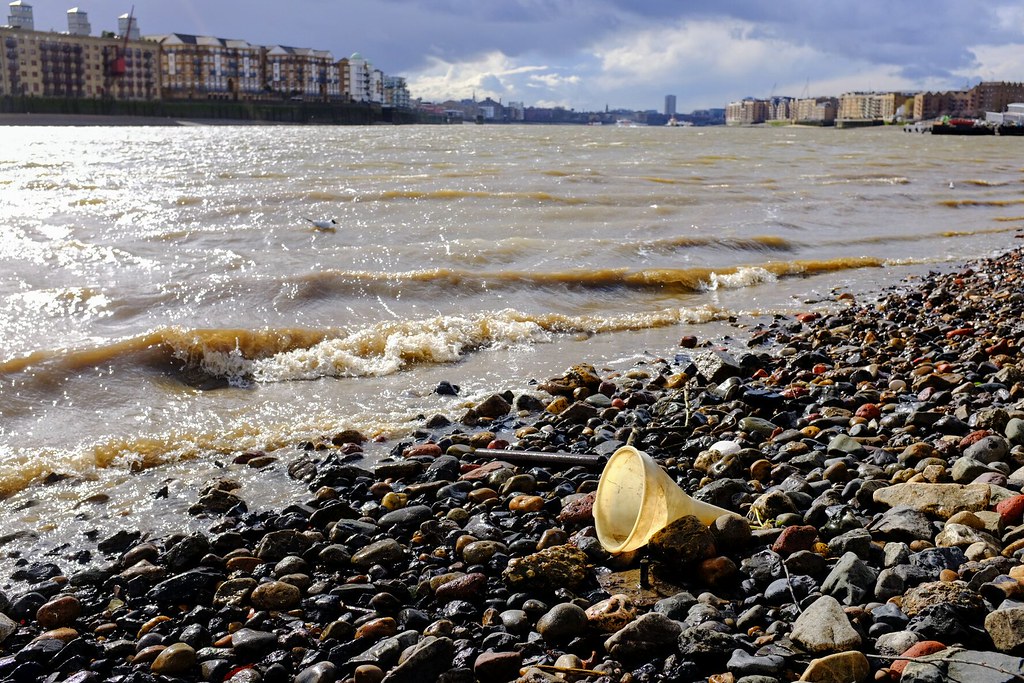STEM
Earth Science
Earth Systems
Geology
Society
You may have seen reports that the 34-member Anthropocene Working Group (AWG) voted "to designate a new geological epoch," the Anthropocene (29 members supported the designation).
The Anthropocene designation has been discussed by both professionals and non-scientists for at least a decade. It would mark the time when earth system change is being shaped by human activity.
A formal proposal will be submitted for the designation of this new slice of geological time to the International Commission on Stratigraphy in 2021. If adopted it would mark the end of the Holocene epoch. See here for a chart of the geological time scale and names.
In a short report in Nature, Meera Subramanian, discusses the boundary issue, "a definitive geologic marker or 'golden spike,'" essentially an indelible. Under consideration are "the radionuclides that came from atomic bomb detonations from 1945 until the Limited Nuclear Test Ban Treaty of 1965." Ten candidate sites are under consideration, from which one will be chosen that provide evidence, both sufficient and compelling enough, to withstand scientific scrutiny.
Those dissenting from voting for designation, call attention to "the progressive impacts of humans on the world, starting with agriculture in prehistoric times," i.e., "multiple beginnings rather than a single moment of origin."
Jonathnan Lambert and Rebecca Ellis reporting on NPR's Goats and Soda note that three Canadian artists--photographer Edward Burtynsky and filmmakers Jennifer Baichwal and Nicholas de Penciier--"inspired by this ongoing discussion of the debate over this new geological era...traveled to 22 countries to research and document 'places of obvious, physical human incursions on the landscape,' says filmmaker de Pencier."
This resulted in more than 50 images and a film (to be released this fall). Several of these images may be seen in Lambert's and Ellis's report.

 CGEE Student Voice
CGEE Student Voice
No comments:
Post a Comment